Diagnosing Primary Care’s Identity Crisis
Faced with increasing pressures related to government mandates, decreasing reimbursement, workforce shortages, and keeping up with the technology Joneses, primary care and family medicine physicians look for relief in new business models.
By @JennHIStalk
It’s a tough time to be in primary care. PCPs and their family medicine counterparts are faced with a barrage of competing interests that, at first glance, would seem to leave little time for face-to-face patient care. Meaningful Use, MACRA, MIPS, ACOs, PCMHs … the list of acronyms and the public and private payer programs they stem from seem to get longer by the day.
As Dr. Jayne mentioned in a recent post, “In the provider space, there is a tremendous amount of chatter about [the proposed rule for MACRA] being the last straw for small or independent practices. The requirements are daunting, especially for practices that haven’t been at the forefront of payment reform efforts. Just trying to read and understand all the rules and keep track of all the FAQs we’ll undoubtedly see could be a full-time job.”

Even Beth Israel Deaconess Medical Center CIO John Halamka, MD, in his analysis of the proposed rule, seems to have finally thrown in his usually optimistic towel, concluding that physicians at this point really have only two choices – take a hospital job or become employed. “As a practicing clinician for 30 years,” he adds, “I can honestly say it’s time to leave the profession if we stay on the current trajectory.”
It’s a trajectory that, while filled with good governmental intent, has become bloated with oversized expectations and expense related to technology and resources. While Halamka’s list of options is certainly short, it leaves off one route that has become increasingly attractive to fiercely independent physicians – direct primary care.
Understanding Direct Primary Care
The DPC model, though still in its infancy, has grown exponentially in popularity over the last several years as PCPs and family medicine practitioners look for creative ways to stay in business without being shackled to fee-for-service care models and third-party administrative burdens. As the Direct Primary Care Coalition stresses, DPC is “an innovative alternative payment model in primary care …. In DPC, unwanted fee-for-service incentives are replaced with a simple flat monthly fee. This empowers the doctor-patient relationship and is the key to achieving superior health outcomes, lower costs, and an enhanced patient experience.”

“DPC is very popular among a small percentage of our members who practice it, less than two percent, although many want to learn more,” says American Academy of Family Physicians President Wanda Filer, MD, a family physician in York, PA. “Those who are in it love it and are very enthusiastic. They cite not being torn away from patient care to do non value-added tasks such as checking boxes, answering prior authorizations, or other administrivia. They are able to get off the hamster wheel driven by fee-for-service and inadequate payment from payers. They have more time to spend with patients and morale across the office staff seems to be very high, as well as quality metrics.”

Jack Forbush, DO, who practices DPC at the Osteopathic Center for Family Medicine in Hampden, ME, believes the interest in DPC is the result of the de-specialization of family medicine. “Until recently, family medicine was the end-all and be-all of medicine,” he says. “It encompassed obstetrics, pediatrics, internal medicine, gynecology, and hospital medicine. Family medicine physicians aren’t even called physicians any more, but rather providers or practitioners. Do you have heart issue? Go see a cardiologist. Do you have a concerning mole? Go see a dermatologist. National organizations have dropped the ball at maintaining the identity of family medicine. Those physicians in practice have allowed it to happen.”
Forbush also attributes the identity crisis to attempts by non-medical entities like public health officials, administrators, and policy makers to formalize and quantify medicine through programs like Meaningful Use and patient-centered medical homes. “Family medicine has always done what PCMH programs now demand practices do, but now they have to do it and prove it through metrics,” he explains. “Meaningful Use has been a colossal failure and cost practices millions of dollars. One such example is a colleague of mine who, despite complying with the MU mandates, has been fined $18,000. Payment is, of course, expected immediately. MU bonuses were potential bonuses issued after a year of doing the work. What other industry would tolerate this? Decreasing reimbursement rates for primary care in addition to the increasing financial demands placed upon family physicians via technology mandates and MU mandates continue to squeeze the lifeblood out of primary care.”

Maribel Aviles, MD faced similar frustrations in July 2014 when she decided to leave the Medicare HMO clinic where she was working to open Orlando’s first DPC practice. “When I entered medical school back in 1985, I did it with the mission of being a team member in the patient-doctor relationship,” she explains. “Little did I expect that 20-plus years later I would be subjected to heavy administrative and regulatory burdens. Now we are called providers instead of doctors. These days, family docs can be replaced by almost any PA to decrease medical costs. To top it all off, we’re expected to address the needs of our patients within an allotted time and at a set fee, which we’re often not immediately privy to as it varies by insurance. In a nutshell, I have seen my profession as a family medicine physician shift towards this new image of a servant to government regulations and insurance administrators instead of to our patients. I’ve even been compared to Dr. Google.”
Staying in Control
In moving to a DPC model, Aviles and Forbush have attempted to retain their identities as physicians and seem to be enjoying a renewed sense of independence. “Without a doubt, models like DPC definitely help physicians retain their sense of identity and control,” Forbush says. “The more popular model of being a network physician for an insurance company is essentially allowing yourself to be a slave to someone else’s ever-changing rules, regulations, and expectations. The DPC model frees the physician from unnecessary administrative burdens and decreases the financial expenditures associated with running a practice. For example, you save perhaps eight percent by getting rid of the billing company and your RCM timeframe becomes much closer. Rather than waiting 30, 60, or 90 days to be paid for a service provided today, patients in a DPC model either pay you the day of or via a membership model.”
Aviles expresses similar administrative sentiments, adding that she enjoys no longer having to wrangle with third-party administrators over what tests to order for her patients. “I also don’t have to hire additional personnel to deal with extra administrative burdens, and as a result, can pass along those savings to my patients. I have a renewed sense of control over the treatment of my patients. I feel I am a doctor again, able to contribute significantly to someone’s life and to the system in general.”
“I want to see my colleagues enjoying their profession again,” she adds. “We must continue looking for ways to accomplish this goal. Happier doctors will definitely make happier patients.”
The Other Side of the Coin
While Filer and the AAFP recognize the value DPC models have, especially when it comes to relieving physician burnout, she is focused on helping those physicians who have decided to stick with Medicare and Medicaid programs. “I really do not see an identity crisis. Quite the opposite,” she says. “Family medicine has been asking for some time to be recognized for the cognitive work that we do. We know that the work that we do has immense value that is currently under-recognized and dramatically undervalued. Worldwide and in the US, locations with a higher percentage of healthcare dollars spent on primary care have significantly better patient outcomes at a lower total spend. The reverse is not true for specialty care. Policymakers have finally come to recognize this. The shift to value-based care is aiming to strengthen primary care at last.”
“For the first time in my 25-plus year career,” Filer adds, “I think we have a shot at getting US healthcare where it needs to be – meeting the Triple Aim of lower healthcare costs, improved population health outcomes, and better patient experiences. Stronger primary care is the only proven path. We are working to invert the current pyramid of healthcare spend. Many PCPs are caught in the midst of this immense, chaotic change, but understand that the previous system was unsustainable. It will be critical to give family physicians new resources very quickly. They need time with patients, staff to delegate tasks to and to support patient needs, and better EHRs.”
The Effect of MACRA
Filer believes MACRA to be a step in the right direction, albeit one that will require additional resources (a notion seemingly at odds with the love Aviles and Forbush have for the DPC model, which requires fewer resources). “We are launching a large campaign for members called MACRA Ready to get their questions answered and to position them for success in the new value-based payment models,” she says. “Interestingly, one member survey suggests that 40 percent are already doing some value-based contracting.”
Filer doesn’t shy away from the fact that physicians who move to value-based contracting are appropriately cynical about new government programs like MACRA and the Comprehensive Primary Care Plus program. Given their cynicism and Halamka’s gloomy analysis of attempts to replace Meaningful Use, one has to ask if physicians aren’t simply trading one hamster wheel for another.
“Meaningful Use in its old iteration was destructive to morale, patient-physician face-to-face time, and trust that government could get it right,” Filer says. “Under MACRA, it is my understanding that MU will be retained as the name, but that many programs will be streamlined into one set of requirements. Done correctly, the new MU should use the Core Collaborative Measures that CMS, AAFP, AHIP, and others worked diligently to define for primary care. This is a much shorter set of measures. They are focused on patient care and evidence-based. They can be culled from the EHR and, over the next couple of years, can be adopted by most if not all payers in the US, thereby letting everyone compare apples to apples. These streamlined measures should help family physicians feel more like physicians who care for people rather than box-checkers.”
Optimism Despite Shifting Identity
No matter the label physicians give themselves, Filer believes joy can be put back into the practice of primary care and family medicine. “It is my belief that eliminating administrivia, substantially improving payment, getting them off the hamster wheel of volume, and giving them more time and resources to spend on patient needs can make family medicine the first choice of at least 40 percent of students, which is what the US requires for a patient-centered, efficient healthcare system.”
“I think the future of primary care/family medicine is incredibly bright,” she adds, “but fundamental US system changes and graduate medical education reform are critical. Frankly, this country can no longer afford to do business as usual. We are long overdue for this shakeup.”






































































































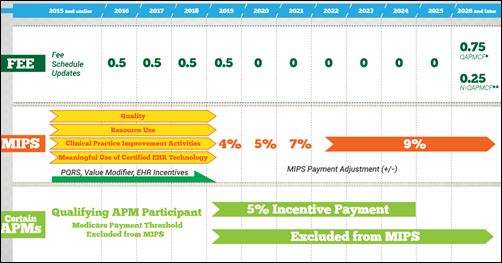
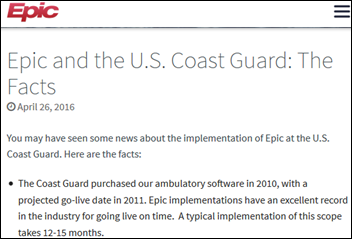









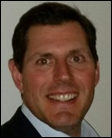

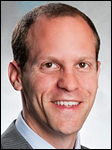


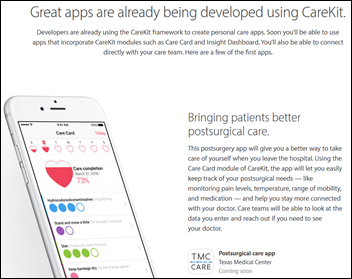





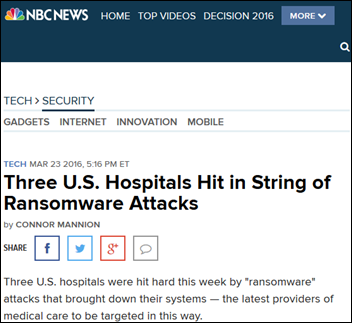
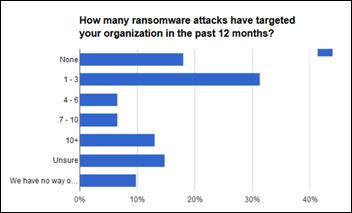
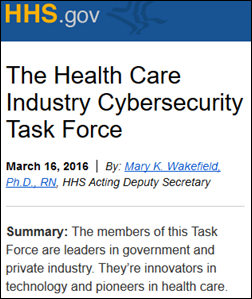



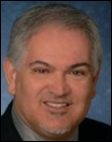

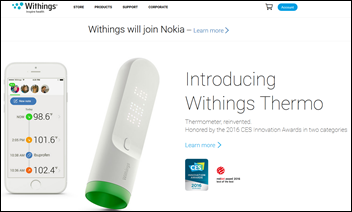





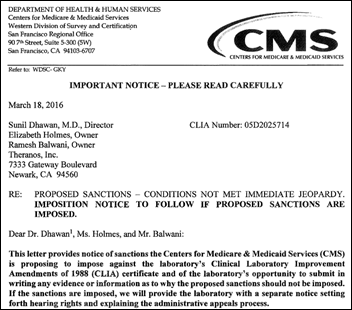

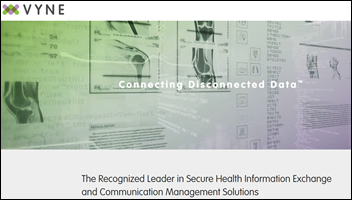
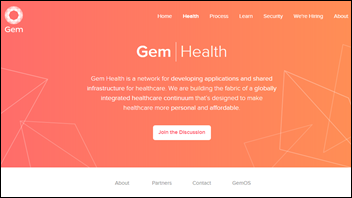
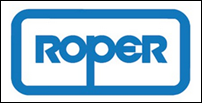




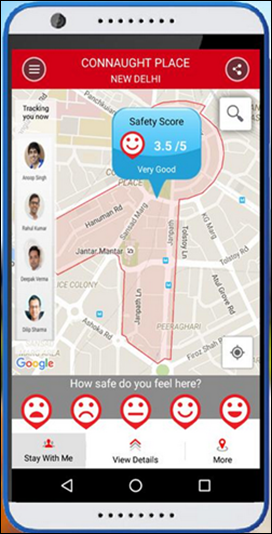

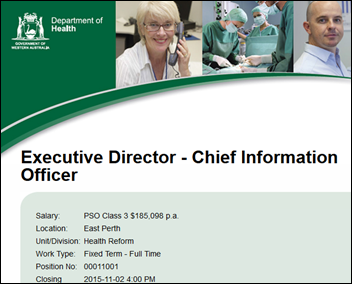

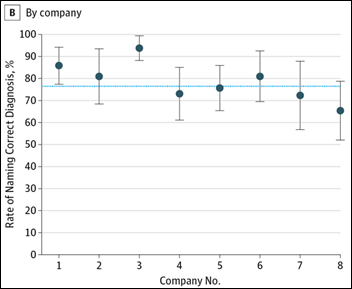
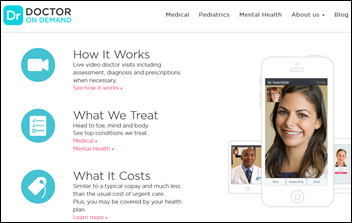

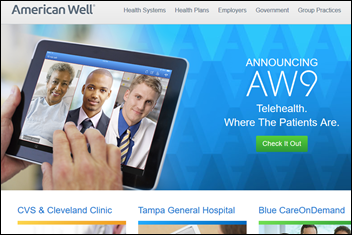
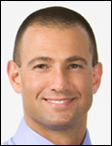


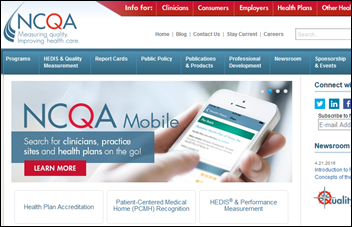



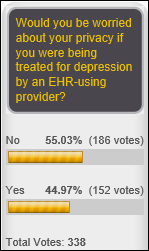






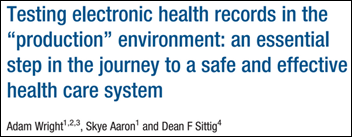
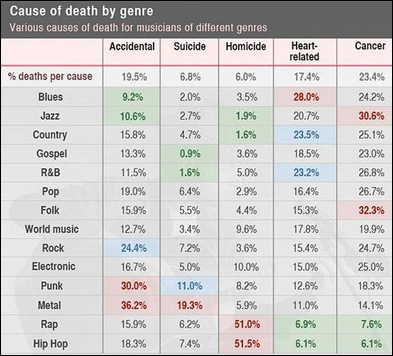













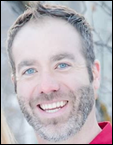


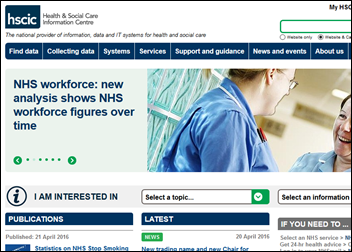









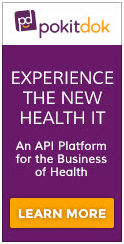




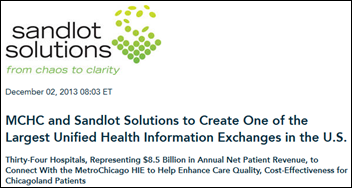
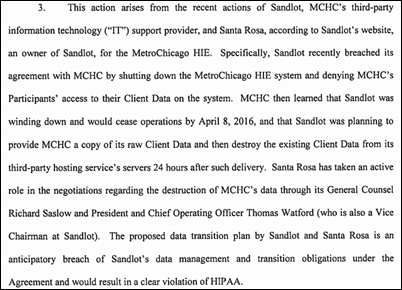
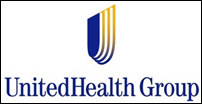




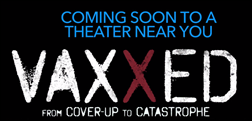
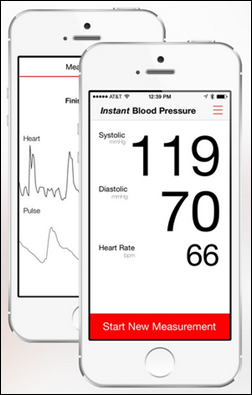






















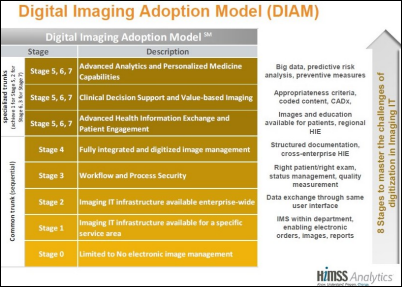








Merry Christmas and a Happy New Year to the HIStalk crowd. I wish you the joys of the season!